From Beetle to Ferrari: 9 cars with an opposition engine.
These days, opposed engines are firmly associated with two automobile brands – Subaru and Porsche. It is no coincidence: these manufacturers have carefully carried the loyalty of the concept through decades, often acting “in spite of”. And nevertheless, mother history has many other examples of use of opposites. How about a “flat” motor under the hood of a Romanian brand car? And between axles of the cult Italian supercar?
1: Volkswagen Kafer
Trumps: the most mass automobile in history was equipped with opposites engines (1.1-1.6 liters). Volkswagen Kafer (better known here as the Beetle), which debuted in 1938 and remained on the conveyor until mid-2003, has sold 21,529,464 copies worldwide. In addition, similar “flat” engines were installed in a beautiful coupe Karmann-Ghia and cult caboose “Bulli” with indices T1 and T2. Long before these your Subaru.
2: Porsche 911
By the way, here’s another model from the middle of the last century, created with the great Ferdinand. The first “Nine-Eleven”, shown in far 1963 at the Frankfurt Motor Show, was equipped with an oppositional air-cooled “six” 2.0 engine with an output of 130 powers. And yes – the current model with the index 992 has the same engine. Except that the present Turbo S produces already 580 “horses” with 3,7 liters of volume.
3: Toyota Publica
Did you think that guys from Subaru were “opposition pioneers” of the Land of the Rising Sun? Well, they were not! Launch of the first “flat-engine” model dates back to 1966. Toyota presented sedan Publica five years earlier. It did not manage to achieve great success. The base version of Japanese Trabant has been deprived of an elementary heater, side mirrors and a radio. And the 35 hp engine with 697 cubic meters did not ask for stars from the sky.
4: Steyr-Puch 500
Nevertheless, in a context of “people’s” technics, power and dynamics were not the main triumph’s measure. The little Fiat 500, which was equipped with in-line twins with an output of 13-22 hp and produced from 1957 to 1975, reached the milestone of 4 million sold copies. And its Austrian version Steyr-Puch 500 added 60,000 copies. Unlike the original, cars from Graz were equipped with 493 cc motorcycle opponents.
5: Chevrolet Corvair.
Despite typical ‘American’ looks of the 60s, the Corvair trucks were rebellious technically: Six-cylinder Opposite in the rear overhang, Transaxle transmission, independent suspension of all wheels… But the most curious: this exact Chevy together with Oldsmobile Jetfire is considered the first serial automobile with turbocharging. The “flat” 2,3-liter engine gave out 150 powers and allowed exchanging a hundred in 10,8 seconds.
Alas, such temperament multiplied by not too successful weight distribution turned out to be a “sponsor” of numerous accidents. In 1965, the American socio-political figure Ralph Nader published a book called “Dangerous at any speed. One of its chapters is entirely devoted to the specific handling of the Corvair family.
6: Citroen Axel (Oltcit Club)
The legendary 2CV is undoubtedly the most known Citroen with an oppositional engine. However, today we want to acquaint you with another model. The compact front-wheel drive hatchback Axel was produced from 1984 till 1990 in Craiova on the joint venture created by French and Romanian government. Cars for the domestic market were sold under the name Oltcit Club. The engine power varied from 34 to 61 horsepower.
7: Ferrari 365 GT4 BB
The supercars from Maranello have a very similar story. Many have heard that an opposition 12-cylinder 5.0 drives the legendary Testarossa of 1984. But only fans of the brand remember: the “flat history” began one and a half decades earlier with model 365 GT4 BB (Berlinetta Boxer). Located between the axles, 4.4-liter engine of similar layout produced 344 powers, allowing to gain 100 km/h in 5.4 seconds and drive up to 303 km/h.
8: Alfa Romeo 145.
Alfa Romeo Alfasud can be considered as another proof of the fact that half a century ago, Fiat seriously believed in the opposition. Debuted in 1971, the family received a line of five “flat” engines with a capacity from 1.2 to 1.7 liters. In the eighties, derivatives of these units settled under the hood of the successor with the index 33, and after the similar engines were installed on early versions of the 145th series. Only near the end of the nineties, they were replaced by inline “Twin Sparks”.
9: Subaru Outback
Virtually any Subaru model made in the past half century could be in this spot. However, we’ll focus on the third-generation Outback (index BP). It was on this station wagon that the first-ever opposition diesel made its debut in early 2008. Output of two-liter supercharged unit, also found in Forester, Legacy Sports Tourer and Impreza models, is 150 horsepower and 350 Nm. Apart from love to quality fuel, the engine can’t be called capricious.

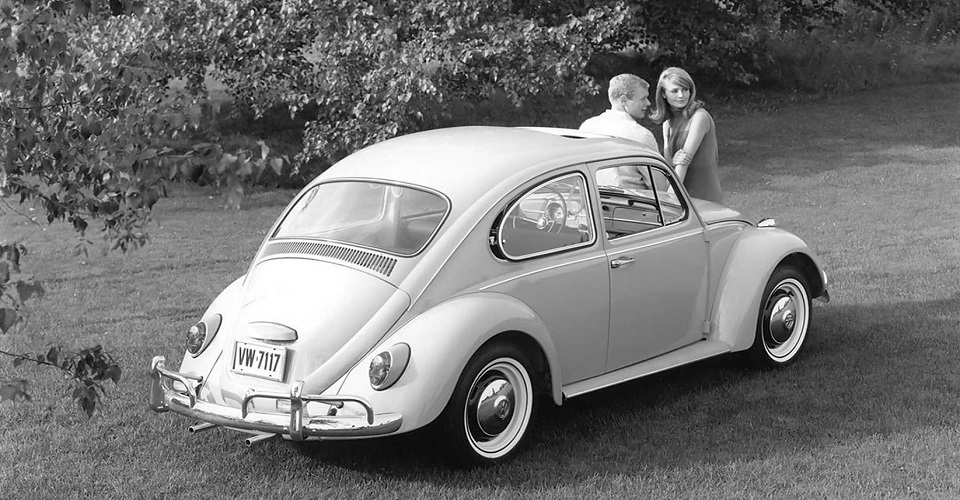
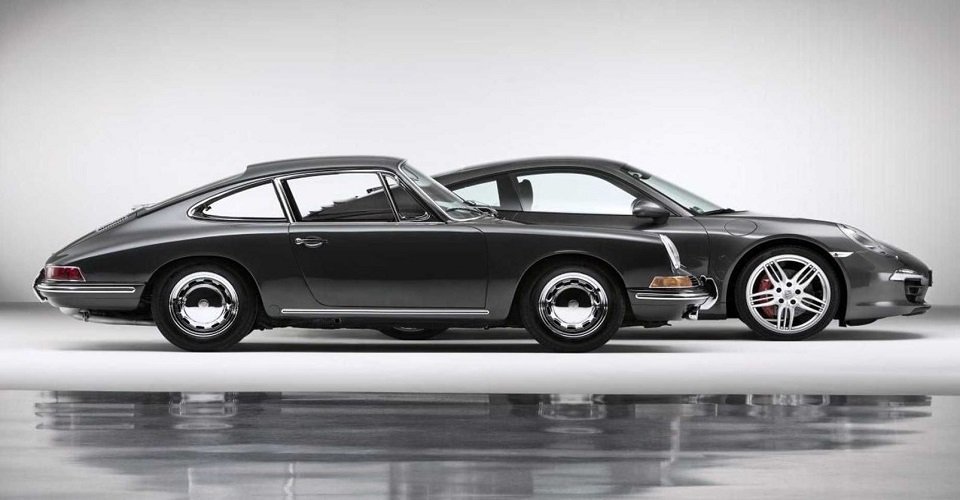
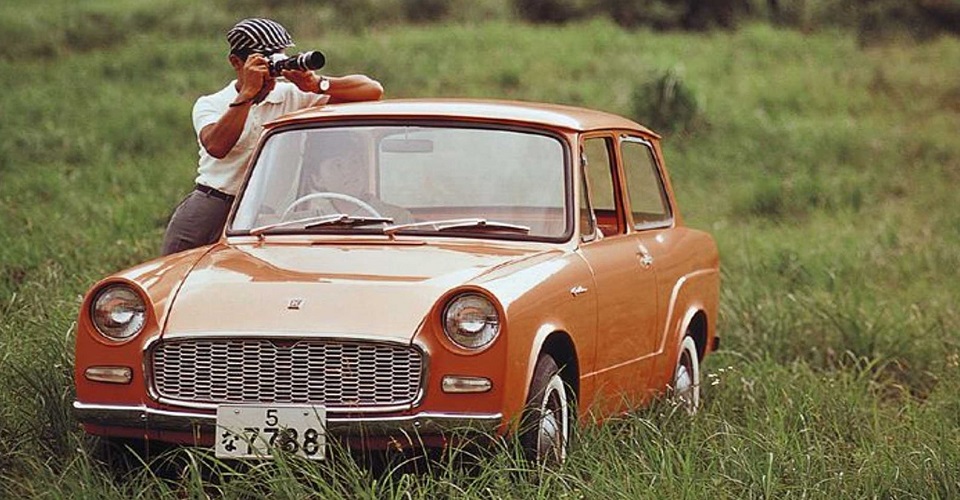


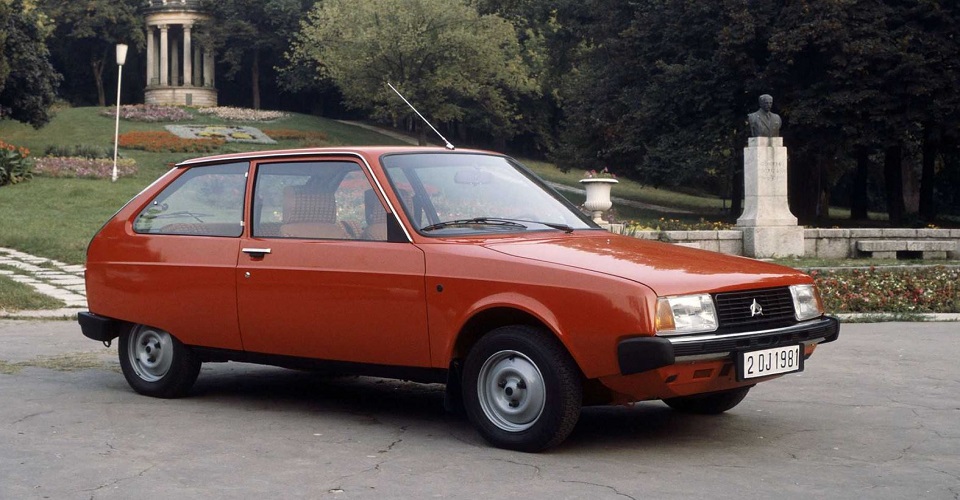



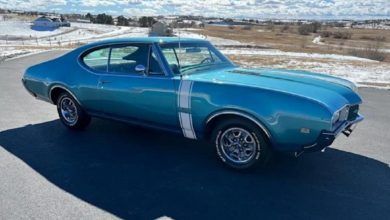
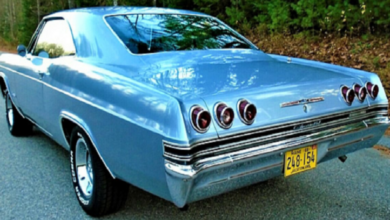
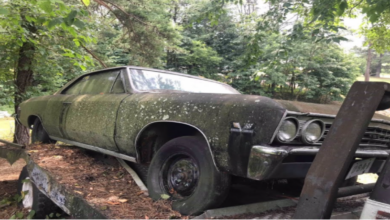


That’s very good point